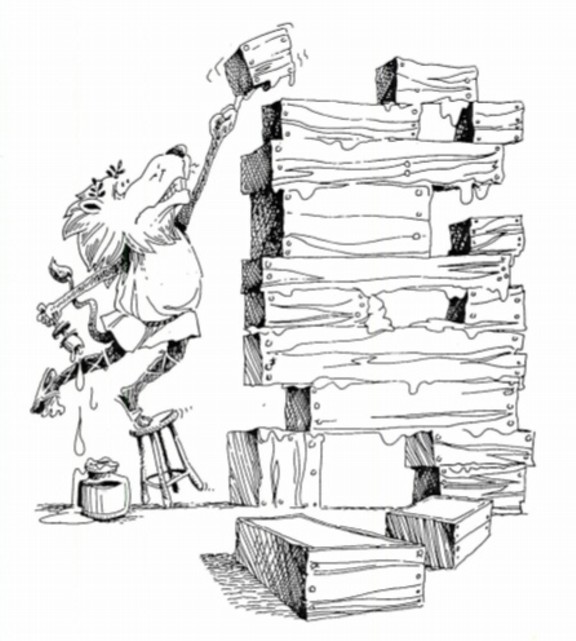
|
|
Assigned: Tuesday January 26, 2016
Due: Thursday February 4, 2016, midnight
This is a pair problem set. You must work with a partner. If you don't know anyone yet (perfectly understandable!), you can use the Piazza partner finding tool or you can ask a staffer to help you find a partner.
This problem set consists of 3 parts 2 parts.
In Part 1, you'll write a few
simple functions working on booleans, strings and numbers. In
Part 2, there are 5 required 2-point problems A through E and
one optional part F.
Setup
Start by downloading the harness code. Put the compressed archive in a handy place and unpack it. Next, rename the folder from 02.ps.harness to your surname followed by the digit 2. (Mine would be named Muller2.)The problems in the part1 and part2 folders both have Makefiles and can be compiled using the Unix make command as in:
> cd Muller1/part1/
> make
...
> ./part1
All of the problems in both parts are couched in terms of writing a specific function. Each function has a stub including failwith "Not yet implemented". In order to solve the problem, replace the stub with your code.
Part 1 (3 Points Total): Working with Booleans, Strings and Numbers
- (1 Point) Write a function
oneButNotTheOther : bool -> bool -> bool such that
the call (oneButNotTheOther b1 b2) returns true
if exactly one of b1 or b2 is true, otherwise
it should return false. For example, the call
(oneButNotTheOther true true) should return false,
the call
(oneButNotTheOther false true) should return true.
- (1 Point) Using the library function
Random.int : int -> int, write a function
randBetween : int -> int -> int such that a
call (randBetween lo hi) returns a randomly selected
integer that is between lo and hi. Note that
the integer value returned can be any integer from lo
up to one less than hi.
- (1 Point) Write a function longer : string -> string -> string such that the call (longer s1 s2) return a string indicating which of s1 or s2 was longer. If s1 is longer, the longer function should return the string "first". If s2 is longer, the longer function should return the string "second". If the two strings are of the same length, the longer function should return the string "they are equal".
Part 2 (10 Points up to 12 Total): Working with Drawings
The problems in Part 2, labeled A through F, all involve writing functions that use some of the Universe functions to draw images in the graphics window. As we've discussed in class, the graphics window is Cartesian or xy-plane, but with y=0 at the top rather than the bottom.Parts C, D and E involve drawing rings in the graphics window; all are worth 2 points. Part F requires a drawing of squares running on a diagonal. Parts A, B, C and D are relatively simple and can be done right away. Parts E and F require repetition. Note that Part F is optional extra credit.
The problems in Part 2 refer to the following images.
 |
 |
 |
| Figure A | Figure B | Figure C |
 |
 |
 |
| Figure D | Figure E | Figure F |